The headline read: “Stroke: It’s On the Rise Among Younger People.”
 I was shocked to read the words. How can that be? Aren’t we more health-conscious these days and aren’t we taking better care of ourselves? Apparently not! According to Bottom Line Publications, “Many of the so-called ‘age-related’ diseases that greatly increase stroke risk, such as high blood pressure (hypertension), diabetes and high cholesterol, are now appearing in patients who are middle-aged or younger—primarily because so many Americans are eating more junk food, gaining too much weight and not getting enough exercise. Family history is also a risk factor for stroke.”
I was shocked to read the words. How can that be? Aren’t we more health-conscious these days and aren’t we taking better care of ourselves? Apparently not! According to Bottom Line Publications, “Many of the so-called ‘age-related’ diseases that greatly increase stroke risk, such as high blood pressure (hypertension), diabetes and high cholesterol, are now appearing in patients who are middle-aged or younger—primarily because so many Americans are eating more junk food, gaining too much weight and not getting enough exercise. Family history is also a risk factor for stroke.”
Stroke has become the fourth-leading cause of death in the US. Those who survive a stroke often face a lifetime of disability, including paralysis and speech and emotional difficulties.
Getting treated for a stroke right away, within four hours, is a major factor in recovery. But only about 20% to 30% of young patients with stroke symptoms go to the emergency room because they are likely to shrug off the symptoms (especially if they were relatively minor and/or short-lived) and do not realize that they have had a stroke until some other problem surfaces later on.
According to research from the National Stroke Association, approximately 80% of strokes can be avoided through prevention. Quitting smoking is crucial—people who smoke are twice as likely to have an ischemic stroke as nonsmokers.
Preventing a stroke is mostly about taking care of your heart and your blood. This means keeping your good cholesterol high, and your bad cholesterol low with diet, exercise, and avoiding some specific bad habits.
Diet
A diet rich in fiber, whole grains, fresh fruits, and lots of vegetables can help reduce your risk. Avoiding foods that are processed, high in cholesterol, high in saturated fat, and loaded with sodium can also help you avoid a stroke, among other health problems.
Exercise
Thirty minutes of exercise a day can do wonders for your body. Raising your heart rate while exercising helps the body clear toxins and can help strengthen your heart, blood vessels, and brain.
Watch Your Blood Pressure
Blood pressure is a major factor in your risk of having a stroke. Get your blood pressure checked regularly and keep your blood pressure at the appropriate levels. Reduce your consumption of sodium and put regular exercise into your life. Eating a diet that is high in fruit, vegetables, and potassium has been shown to significantly decrease blood pressure.
Have Your Cholesterol Checked
Beginning at age 20, get your cholesterol tested at least every five years. If your LDL is high (less than 100 mg/dL is optimal), you’ll want to get the number down by eating less saturated fat…getting more vegetables and other high-fiber foods.
Mind Your Alcohol Consumption
People who drink heavily (three or more alcoholic beverages daily for men and two or more for women) are more likely to have a stroke earlier in life than moderate drinkers or nondrinkers.
Know The Warning Signs. Act FAST
Get to an emergency room if you have these and/or the classic symptoms below—FAST (Face, Arm, Speech and Time) is a helpful guide.
- Face: The most common stroke symptom is weakness on one side of the body, including on one side of the face. You may have difficulty smiling normally.
- Arm: One-sided weakness often affects one of the arms. Hold both arms out to your sides. You could be having a stroke if one of your arms drops down.
- Speech: Your words could sound slurred, or you might be unable to say a simple sentence correctly.
- Time: In the past, the “window” to receive clot-dissolving medication was considered to be three hours. New research indicates that stroke patients can benefit if they get treated within 4.5 hours after having the first symptom.

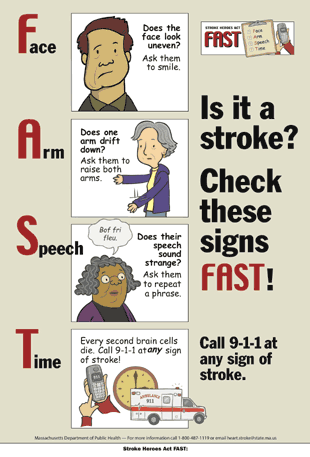
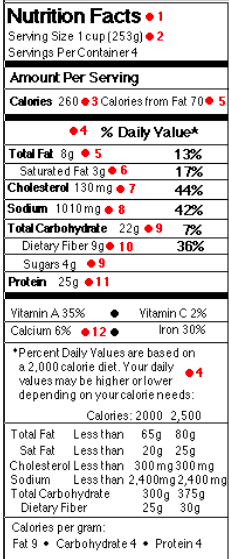
 My heart attack in 2006 was signaled by shortness of breath which I chalked up to the summer heat and too much activity. I thought the nurse on the phone was being dramatic about my symptoms, so I waited 8 hours to go the the ER. Fortunately, I was given a second chance and avoided serious consequences, thanks to the efficient hospital staff. Now I know better.
My heart attack in 2006 was signaled by shortness of breath which I chalked up to the summer heat and too much activity. I thought the nurse on the phone was being dramatic about my symptoms, so I waited 8 hours to go the the ER. Fortunately, I was given a second chance and avoided serious consequences, thanks to the efficient hospital staff. Now I know better.


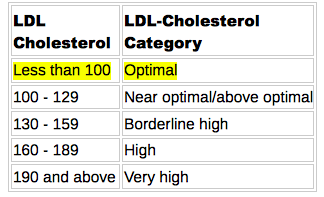

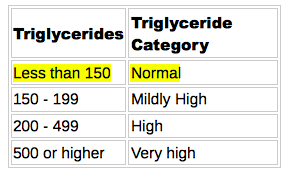

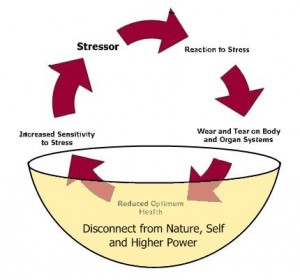

 With the holiday season upon us some of us have mixed feelings. Getting together with friends and family can be both exciting and stressful. Flights, lines, delays, junk food, sugary treats, Uncle Fred, gravy, creamed vegetables, Aunt Clara’s desserts… all of these things can be stressful to the person who is trying to eat heart healthy. A small amount of thinking ahead can make all the difference and free you up to enjoy the parties and the get-togethers.
With the holiday season upon us some of us have mixed feelings. Getting together with friends and family can be both exciting and stressful. Flights, lines, delays, junk food, sugary treats, Uncle Fred, gravy, creamed vegetables, Aunt Clara’s desserts… all of these things can be stressful to the person who is trying to eat heart healthy. A small amount of thinking ahead can make all the difference and free you up to enjoy the parties and the get-togethers.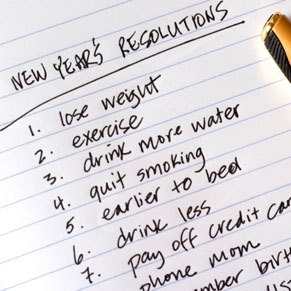
 That summer I fed it plant food and watched it go nuts. The little cherry tomato plant produced 2″ and 3″ fruit. For the past three years it has resurrected, bigger and better, each year. We named it Lazarus. This plant is amazing. It has been producing fruit since June this year and last week on November 10, 2012, I harvested more tomatoes for a
That summer I fed it plant food and watched it go nuts. The little cherry tomato plant produced 2″ and 3″ fruit. For the past three years it has resurrected, bigger and better, each year. We named it Lazarus. This plant is amazing. It has been producing fruit since June this year and last week on November 10, 2012, I harvested more tomatoes for a